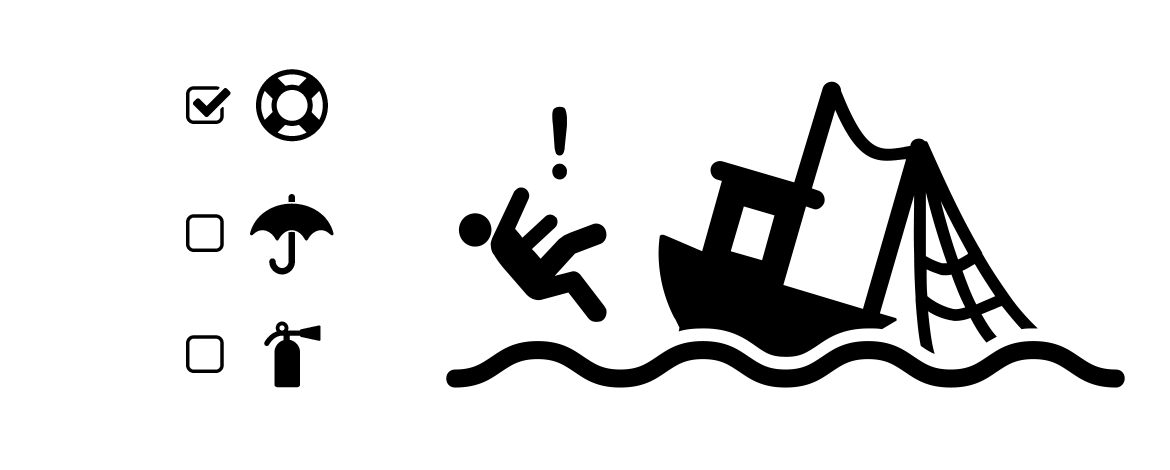Roles
Let's start with an example. The Norwegian Maritime Authority has 7 clearly defined customer roles: The sailor, the ship owner, the ship builder, the shipping agent, the private boat owner, the educator and the sailor doctor. Who are your customers and what roles do they have?
Tasks
Every one of these 7 customer roles of the Maritime Authority has a set of tasks and responsibilities. Some of these are crucial, some are important and some are trivial. What are your customers' tasks? As who, they can what, so that why?
Needs
Meeting these people, we are allowed a glimpse of their lives. Who are they? What's on their minds? What do they need? What will make their jobs and lives easier? When did you last meet your customers to discuss their needs?
Ideas
Equipped with a real sense of these people and their needs, we can begin to ideate and explore multiple ways in which their needs can be met. Every need we identify must be converted to a task or a story, which can then be approached with one or more solutions (let's never limit ourselves to screen based ideas, sometimes a physical solution can do wonders). This phase must focus on functions, not aesthetics. Do you always start your product or service design with a functional point of view?
Prototypes
Coming up with a digital prototype, it is important to make it work on a variety of computers and mobile devices to enable a 24 hour ubiquitous service. Do you prototype products to adapt to different screen sizes and devices?
Reality checks
The usability testing next is to check if the proposed design solution really is as desirable and effective as we may hope. Subsequent changes are then made to fit the results and feedback from people. When did you last usability test your product or service?
Break down
To make a prototype is to visually detail the scope of the solution. A prototype also makes it possible to deconstruct our product into a good number of separate components. These can also be described as modules. Each component covers one or more of the identified needs and tasks of our end customers. Are all your products easily broken down into components?
Estimates
Based on the component breakdown it is possible to accurately estimate the technical development of every module. How accurate are your product development estimates?
Style
The final design allows us to properly lay down graphic and interaction design rules on a detailed level, to promote consistency and unity across all components. Do you have a digital design guide covering all your products?
Tests
The last pre-code UX design delivery is a package of detailed test cases, describing every screen, interaction, touch and button push, setting the table neatly for code hungry developers to sit down and consume. Do you have test cases ready before development?
Questions
Did you have really good answers to all these questions? If not, you may really need user experience design.
UX questions recap:
Who are your customers and what roles do they have?
What are your customers' tasks? As who, they can what, so that why?
When did you last meet your customers to discuss their needs?
Do you always start your product or service design with a functional point of view?
Do you prototype products to adapt to different screen sizes and devices?
When did you last usability test your product or service?
Are all your products easily broken down into components?
How accurate are your product development estimates?
Do you have a digital design guide covering all your products?
Do you have test cases ready before development?
1 August 2016



